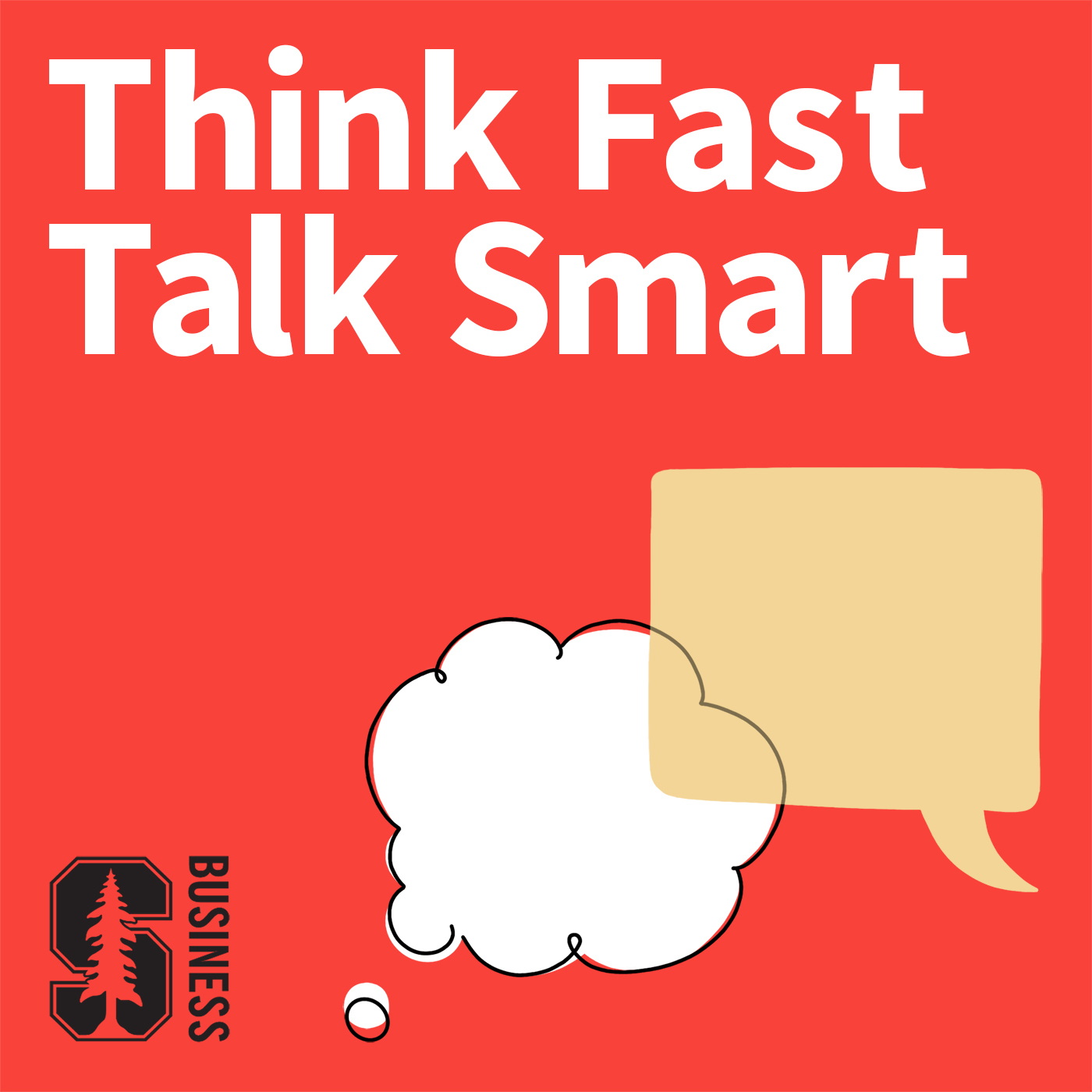
199. Blunder Pressure: Mastering In-the-Moment Communication (3 of 3)

Think Fast, Talk Smart: Communication Techniques
Deep Dive
- Focusing on what's next, not what went wrong
- Using humor to reset
- Maintaining flexibility over a fixed plan
- Viewing mistakes as anomalies
Shownotes Transcript
This three-part miniseries is all about keeping your cool when speaking on the spot.
Communicating effectively can be challenging enough, even with plenty of time to prepare what we want to say. But for most of our communication, there’s no time to plan, practice, or perfect — we have to respond in the moment.
Spontaneous communication is a part of our everyday lives, but few of us have been trained to handle these impromptu situations with confidence. What does it take to flow, not freeze, when put on the spot? This special three-part series turns to experts for guidance, from a sports commentator, FBI hostage negotiator, and UN translator to a game show host, NFL referee and Sotheby’s auctioneer.
Part 1: Preparation and Mindset
Discover how to prepare for the unpredictable, manage anxiety, and find the right headspace for success.
Part 2: Mastering the Moment
Learn to stay present, read the room, and use techniques like mirroring and pacing to connect with your audience.
Part 3: When Things Go Wrong
Find out how to recover from inevitable mishaps and keep moving forward with confidence, turning mistakes into gold.
In addition to insight-packed discussions, this Think Fast, Talk Smart )miniseries offers practical exercises and homework assignments to help you implement what you've learned. Whether you draw blanks when put on the spot or simply want to articulate your thoughts more clearly in the moment, these episodes will transform how you think — and speak — on your feet.
Episode Reference Links:
- Chris Voss) - Former FBI Negotiator, Keynote Speaker
- Chris Voss's Book: Empathy and Understanding In Business)
- Annabelle Williams) - Paralympic Champion, Sports Broadcaster
- Giampaolo Bianchi) - United Nations Interpreter
- Brad Rogers) - NFL Referee, Professor
- Phyllis Kao) - Sotheby's Auctioneer
- Peter D Sagal) - Game Show Host, Author
Connect:
- Premium Signup >>>> Think Fast Talk Smart Premium)
- **Email Questions & Feedback **>>> [email protected]
- Episode Transcripts >>> Think Fast Talk Smart Website)
- Newsletter Signup + English Language Learning >>> FasterSmarter.io)
- Think Fast Talk Smart >>> LinkedIn), Instagram), YouTube)
- Matt Abrahams >>> LinkedIn)
Chapters:
(00:00) - Introduction
(02:42) - Focus on What’s Next, Not What Went Wrong
(04:40) - Failure with Confidence
(06:45) - Flexibility Over a Fixed Plan
(08:28) - Staying Cool in Public Slip-Ups
(10:36) - Using Laughter to Reset
(13:05) - Gracefully Correcting Yourself
(14:42) - Staying Calm Under Pressure
(19:40) - Listener Exercises on Reflecting to Improve
(21:56) - Conclusion
*****Stay up to date on the next great discovery at Stanford by signing up for the Stanford Report)Become a Faster Smarter Supporter by joining TFTS Premium).